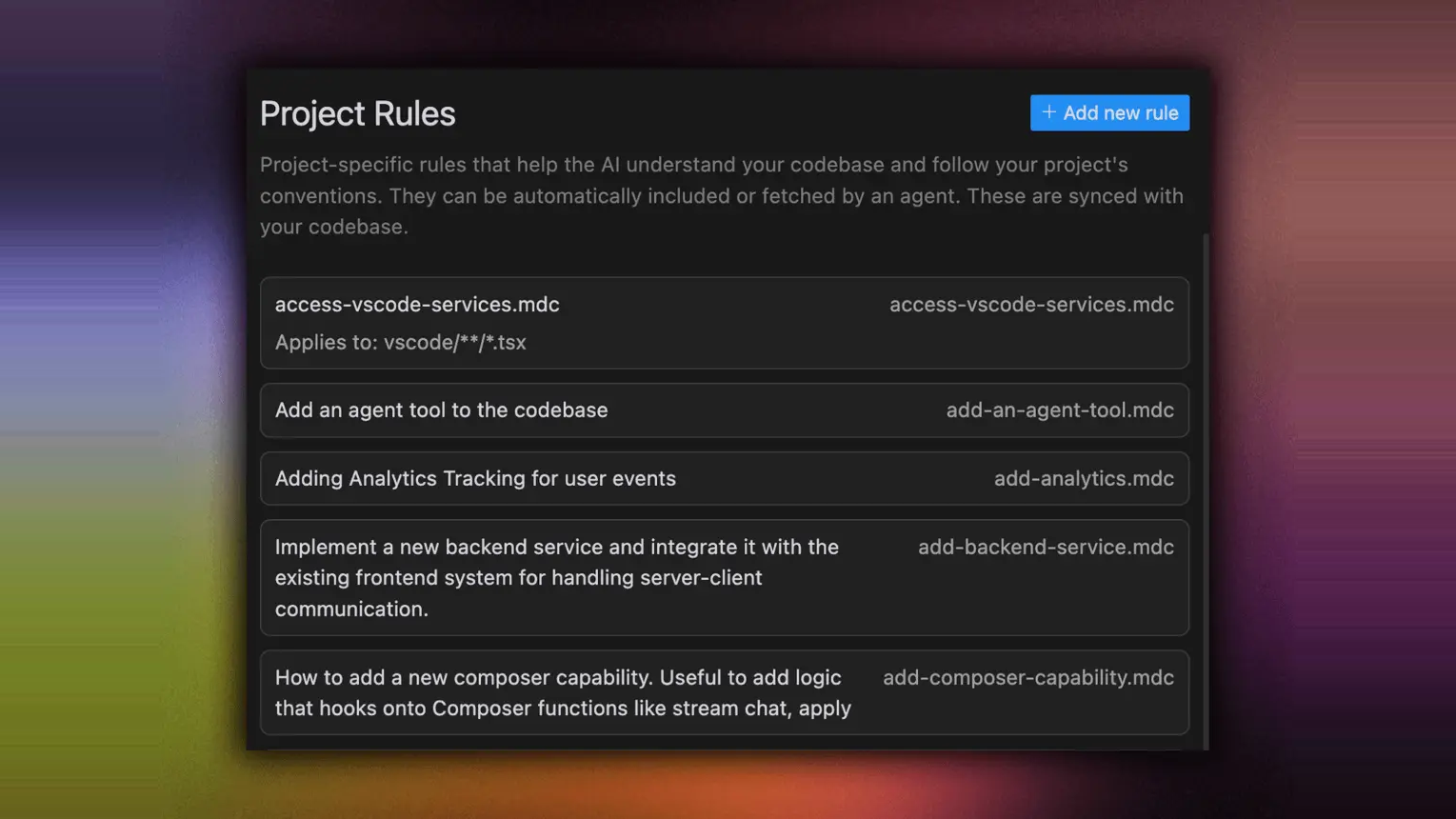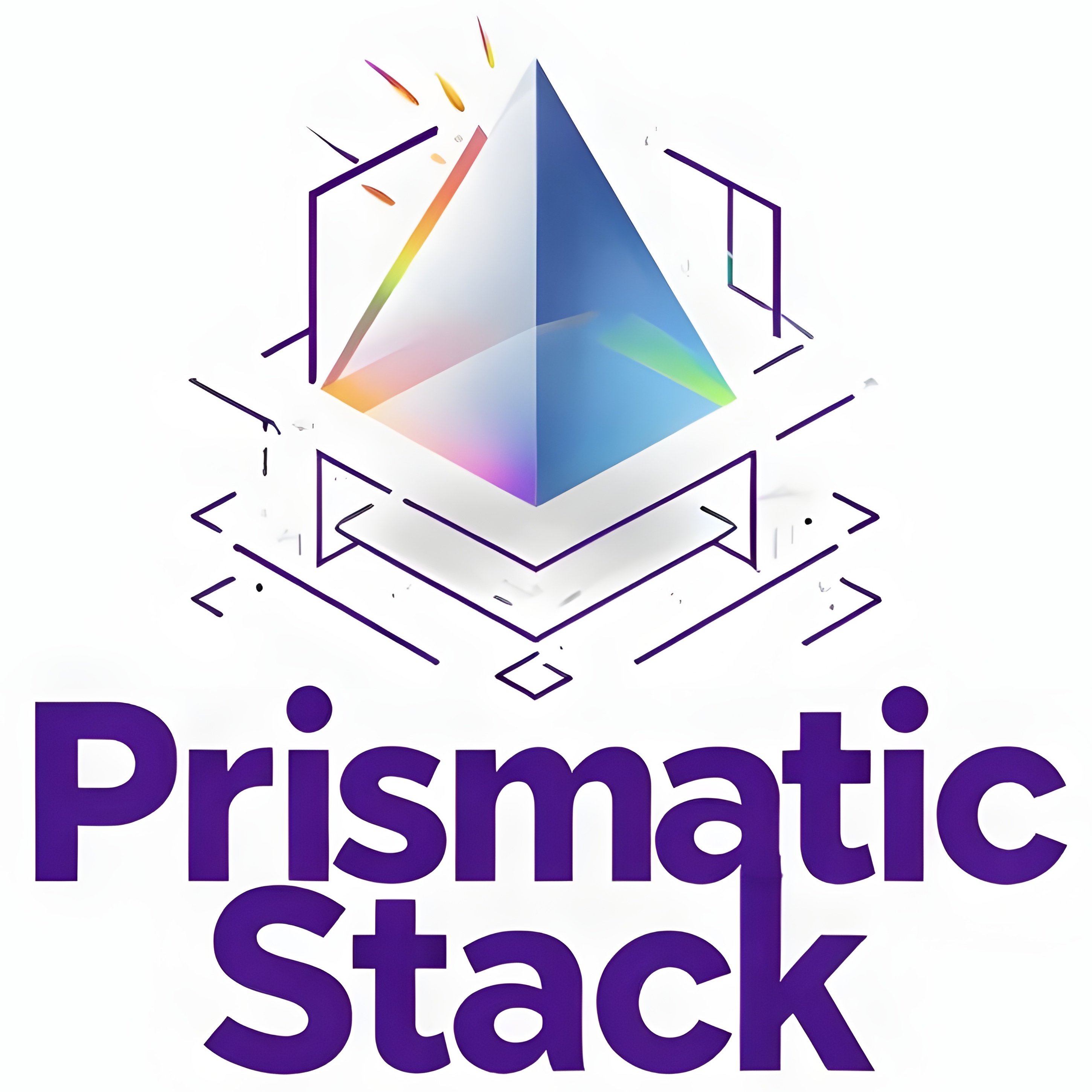“Vibe-Coding” and the 12-Month Countdown: How LLMs Will Rewrite Your Product-Dev Playbook

TL;DR
- Large-language-model "vibe-coding" is turning product ideas written in everyday language directly into working software. Over the next year or so, AI pair-programmers will refactor, test and ship huge chunks of your backlog, while product managers move upstream—deciding what and why rather than how. Complaints that "LLMs are only next-token predictors" badly underestimate the depth of reasoning required to predict entire, compilable codebases; the models already demonstrate a practical grasp of software architecture that junior engineers still have to learn.
Mark Zuckerberg believes that in the next 12-18 months most of our code will be written by AI. "I don't mean autocomplete—I mean you give it a goal, it runs the tests, fixes the bugs and ships."
Satya Nadella says 30% of Microsoft's code is already AI-generated, and that share is "climbing every sprint." Whether those exact numbers arrive on schedule is beside the point... It seems obvious that the direction is fixed. Product Managers need a new map, fast.
1. What exactly is "vibe-coding"?
I don't like the term but it's sticking for now... Think of it as prompt-driven software creation: you describe a feature in plain language and an LLM can help scaffold your repo, write the UI, create your backend, and even draft the tests. Non-technical founders are shipping ShadCN-heavy SaaS dashboards, Three.js playgrounds and Swift mobile apps (from scratch).
A popular 2025 vibe-stack
Any teammate can now push an idea several steps down the delivery funnel before an engineer even blinks.
| Stage | Typical Tool |
|---|---|
| Vision → PRD | o3 |
| Execution plan | Gemini 2.5 Pro |
| UI iteration | v0 |
| Code | Cursor + Gemini 2.5 Pro MAX |
| Test cases | Gemini 2.5 Pro |
| Run tests | Codex |
| Debug | o3 / Gemini |
2. Why code is the perfect playground for Gen AI
- Simple grammar.
Programming languages are formal, deterministic and testable. - Vast clean data.
GitHub is the ImageNet of code... Decades of open-source repos, docstrings and unit tests.
Call it product-market fit between LLMs and software engineering.
3. Super-charging good engineers (and exposing bad prompts)
AI pair-programmers vaporise boilerplate, generate edge-case tests and refactor at warp speed. But they're fickle: long files overflow context windows, hallucinations appear and non-engineers can miss invented APIs.
If you know what great output looks like, AI multiplies you. If you don't, it randomises you.
4. The coming end of the "two-steps-back" bug spiral
- Fix small bug with AI suggestion
- New bug appears
- Repeat forever
Chain-of-thought tooling plus automatic regression tests curb the loop. Multi-step agents already:
- Update rule files as the codebase evolves
- Refactor into smaller, focused modules
- Insert edge-case handling and stricter typing
- Challenge architecture decisions, not just syntax
Whether humans own this "governor" role or delegate it remains up for grabs.
5. Why senior devs should adopt quickly
- Accelerate the known. Tedious migrations, dependency bumps, internationalisation - handed to an infinitely-patient keyboard jockey.
- Explore the possible. Prototype three integrations before lunch, pick the best option and spike additional details properly.
- Automate the routine. Less CRUD, more competitive advantage.
Juniors still need conceptual models: debugging, systems thinking, knowing when not to ship whatever the model suggests. Newbies are even further behind (but smart ones will catch up!)
6. The new risk register: refactors, secrets and skill-rot
As Ilya Sutskever notes, "predicting the next token well means understanding the underlying reality that caused the previous tokens." LLMs can explain its code, junior devs can still learn - just faster.
| Risk | Mitigation |
|---|---|
| Messy auto-generated code | Enforce small PRs and a lint → format → test agent gate. |
| Leaked secrets (API keys, .env) | Pre-commit secret-scanners and supply-chain agents that rewrite offending commits. |
| Skill atrophy & shallow architecture understanding | Rotate humans into "rule-file owner" roles; run mandatory, engineer-led post-mortems. |
7. What this means for Product Managers
- PRDs become executable. The hand-off artefact is no longer a static spec but a prompt-chain package.
- Roadmaps compress. Feature spikes that once took weeks can be validated in hours.
- QA moves left. Test-writing agents bring quality discussions into ideation.
- Focus flips to architecture & ethics. Your edge is deciding why and where to build, not typing.
8. Predictions to pin on your war-room wall
| 2025-26 | 2027-28 |
|---|---|
| VC money floods "Bug → Auto-Fix" and "Test-Failed → Auto-Reason" agents. | Full "PRD → Merge-Ready PR" pipelines for common app types. |
| AI-augmented system-design interviews replace LeetCode drills. | PMs judged on the prompt libraries and rule files they curate. |
| Prototype-driven customer discovery (LLM builds, user pokes) becomes the default pre-MVP step. | Compliance and security agents run continuously, not as gates. |
9. Action plan for the next three sprints
- Run a vibe-coding spike.
Pick one contained feature, document the prompts, measure engineer hours saved. - Create 'rules' markdown files.
Lay out architecture boundaries, naming conventions, dependency policies—prime material for future agents. - Add secret-scanner and test-coverage bots.
Low-hanging fruit with immediate payoff. - Teach prompt peer reviews...
Every PR includes the prompt that generated the diff.
Closing thought
The line "LLMs are just next-token predictors" is no objection; accuracy demands understanding and these model providers won't stop improving. Product managers who master the orchestration of humans and models will ship faster, learn sooner and keep the edge. The rest will still be arguing with yesterday's autocomplete. Scary but plenty were also scared 30 years ago.
Next steps:
Assess your backlog for features that can be vibe-coded next quarter.
Pilot a prompt-review process to upskill both PMs and engineers.
Book a strategy session on integrating agent pipelines before your competitors do.
Ready to redesign your development workflow for the agent era? Let's put vibe-coding on your roadmap (before someone else eats your launch).
Written by Alexander Chrisostomou • Published 25/05/2025 • Last updated 25/05/2025
